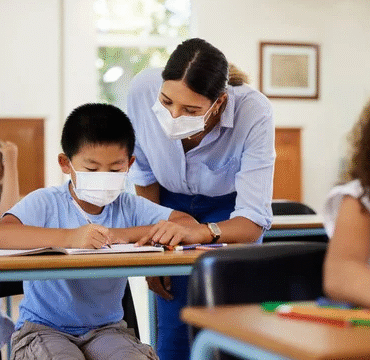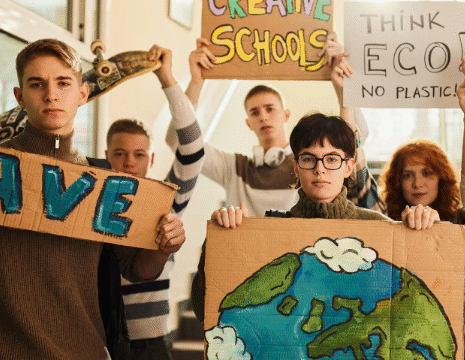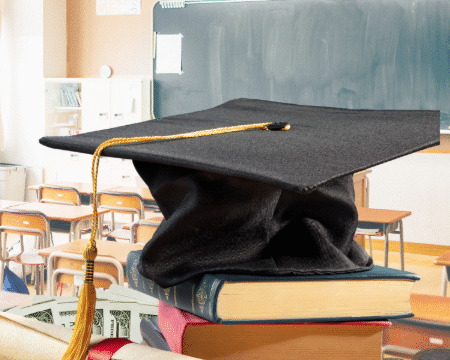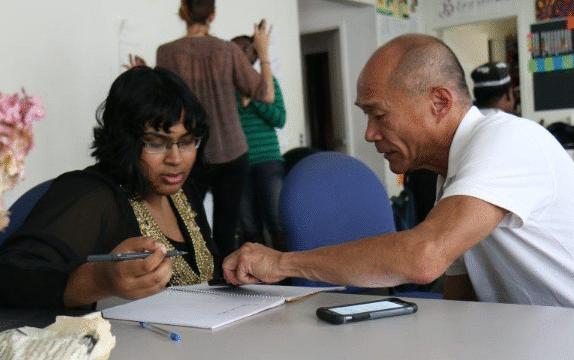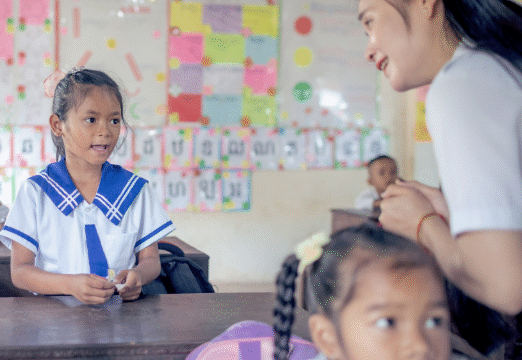Every child deserves the chance to learn, grow, and thrive
in an environment that makes them feel secure. Schools
are not only centers of academic instruction but also places
where young minds develop confidence, curiosity, and respect for others. A safe school is much more than a building free of physical dangers; it is a supportive space that nurtures emotional well-being, fosters positive relationships, and encourages every student to reach their full potential. By making school safety a priority, communities build the foundation for stronger learning outcomes and brighter futures.
Creating safe schools begins with understanding that safety has many dimensions. Physical safety is often the most visible aspect. This includes well-maintained buildings, secure entrances, clean classrooms, and properly supervised playgrounds. When children see that their environment is cared for and organized, they develop a sense of trust in their school. Simple measures such as clear hallways, safe transportation, and responsive emergency procedures help create a foundation of stability. Students who know that adults are prepared to handle unexpected situations are less likely to feel anxious and more likely to focus on learning.
Equally important is emotional safety. A school may have strong physical security, but if children feel isolated, unwelcome, or afraid of being teased, their ability to learn is affected. Emotional safety is built through respect, kindness, and inclusiveness. When students feel valued for who they are, they can engage more openly in classroom discussions and collaborative projects. Teachers and staff play a key role in modeling empathy, addressing unkind behavior promptly, and creating classroom norms that celebrate diversity. Schools that promote acceptance and understanding help reduce fear and foster a positive learning culture.
Another essential element of school safety is building strong relationships between students, teachers, and families. When communication flows smoothly, issues can be identified and addressed early. Students who know they can approach a trusted adult with concerns are less likely to carry burdens alone. Parents who feel included in the school community also reinforce positive messages of safety at home. Open dialogue and mutual respect create a web of support that strengthens the entire school environment.
Safety also extends to health and well-being. Schools that prioritize healthy food options, opportunities for physical activity, and access to mental health resources contribute to students’ ability to concentrate and learn effectively. Regular health check-ups, safe drinking water, and clean facilities show children that their well-being matters. During times of uncertainty, such as health-related challenges, schools that communicate clearly and act responsibly help reduce stress for both students and families.
Technology adds another dimension to the conversation about safe schools. While digital tools open exciting possibilities for learning, they also bring new challenges. Responsible use of technology must be guided by clear policies and supportive instruction. Teaching students how to navigate the online world safely prepares them for future success and helps prevent potential risks. Schools that integrate digital citizenship lessons empower students to use technology as a tool for growth while being mindful of its challenges.
In addition to structures and policies, the culture of a school greatly influences its safety. A culture of respect and collaboration invites everyone—students, teachers, administrators, and families—to share responsibility for creating a secure environment. Celebrating achievements, encouraging teamwork, and recognizing acts of kindness are simple yet powerful ways to promote a positive atmosphere. When schools focus on what is going well, they inspire students to contribute positively to their community.
It is also essential to recognize that safety is not a one-time goal but an ongoing process. As schools grow and change, so do the needs of students and the community. Regularly reviewing safety plans, updating training, and seeking feedback from students and parents ensures that strategies remain effective. Continuous improvement builds trust and shows that the school is committed to creating the best possible environment for learning.
Teachers hold a unique role in advancing school safety. Beyond delivering lessons, they are mentors, role models, and protectors. By being approachable and attentive, teachers help students feel seen and heard. Classroom management strategies that emphasize fairness and consistency create predictability, which reduces stress for children. Professional development for teachers on topics such as conflict resolution, inclusivity, and trauma-informed practices strengthens their ability to support all learners.
Students also play an important role in creating safe schools. When young people are taught the value of kindness, responsibility, and respect, they become active contributors to a positive environment. Encouraging peer support systems and student leadership opportunities helps children understand that they are part of the solution. Empowering students to voice their ideas for improving safety not only builds their confidence but also ensures that strategies are meaningful and practical.
Communities, too, have a responsibility in supporting school safety. Partnerships with local organizations, health providers, and public services expand the resources available to schools. Community involvement also reinforces the idea that education is a shared investment in the future. When families, businesses, and local leaders show support for safe learning spaces, they strengthen the connection between schools and society as a whole.
Ultimately, safe schools are not only about preventing harm but about promoting growth. A safe school allows curiosity to flourish, friendships to blossom, and dreams to take root. It creates the conditions where children feel confident to ask questions, explore new ideas, and challenge themselves. The foundation of safety enables the true purpose of education: nurturing capable, compassionate, and resilient individuals who will shape the future.
The journey to safe schools requires attention, effort, and collaboration, but the rewards are immeasurable. When children walk into classrooms where they feel secure, supported, and inspired, their opportunities for learning expand far beyond textbooks and tests. They learn how to build relationships, navigate challenges, and contribute positively to the world around them. Safety is not a separate goal from education; it is the very ground on which learning stands.
As we continue to invest in education, let us remember that safety is the foundation that makes everything else possible. By valuing the well-being of every student, strengthening relationships, and fostering a culture of respect, we can create schools that are not only centers of knowledge but also havens of growth and possibility. Safe schools are the heart of thriving communities, and when we prioritize them, we ensure that every child has the chance to learn, succeed, and dream of a brighter tomorrow.

